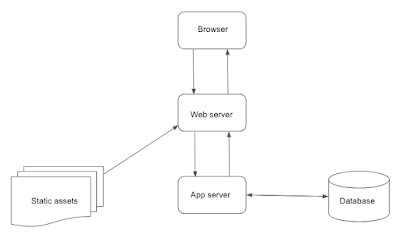While this blog has so far been mostly timeless, I'm going to comment here on a current event: an article arrived today in my mailbox, titled "The End of Programming"* and subtitled, "The end of classical computer science is coming, and most of us are dinosaurs waiting for the meteor to hit," written by Matt Welsh.
I'm arguing that the use of PicoStack to develop small web applications could continue, long after most computer applications are developed using artificial intelligence (AI) techniques, and code is being written routinely by AI agents instead of humans.

